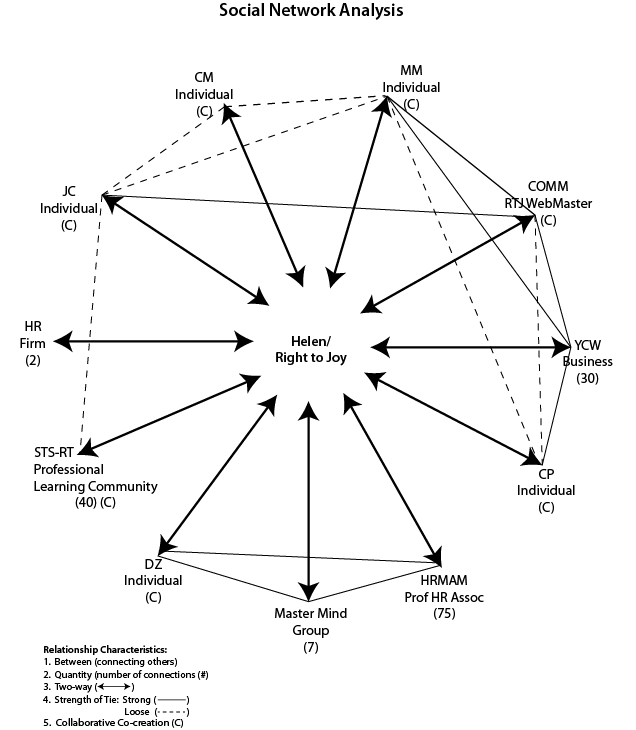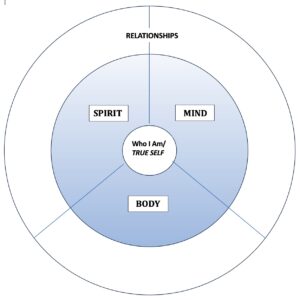Whether you are on Facebook, LinkedIn, Twitter, Bebo, Qzone or any of the hundred other social networks, the boundaries between our personal and professional lives are blurring.
The ability to meet core human developmental needs such as connecting, collaborating and co-creating is no longer the purview of the corporation. In fact, social networking technologies are reshaping the formal ‘command and control’ dynamics of the workplace with their more desirable informal, self-organizing, horizontal and transparent capabilities. Why? Because “people are able to work together more easily without the
coordinating hand or disciplinary gaze of an organization” (Bradwell & Reeves).
Our relationships within social networks can range from loose acquaintance to business collaboration to deep friendship ties. In the early stages of the social networking phenomenon, gathering as many contacts or “friends” as possible was the agenda for many. This superficial form of connection for broadcasting information eventually proved overwhelming and less than satisfying. Today, the generally agreed upon ‘relationship principle’ of quality over quantity emerges as a more manageable network size of approximately 150 connections. In order to test this number, I did an analysis of my personal/professional network based on five key descriptors and plotted it below. For the purposes of this exercise, a ‘node’ can be either a person or organization. Key characteristics symbolized in my network are –
• Between (connections to others)
• Quantity (number of connections)
• Two-way
• Strength (strong or loose)
• Collaborative Co-creation
I found this analysis to be a useful exercise. Given my number of collaborations, it would be impossible to sustain anything over 150 relationships. Further, I submit that a network of 100 would meet my measure of greater quality (collaboration and co-creation).
Analyze your own social network. How many relationships are you holding? Are they predominately loose acquaintances or do they offer life-giving, life-sustaining collaborative co-creation?
Source:
Bradwell, Peter & Richard Reeves. 2008. Network Citizens: Power and Responsibility at Work. www.demos.co.uk/publications/networkcitizens





